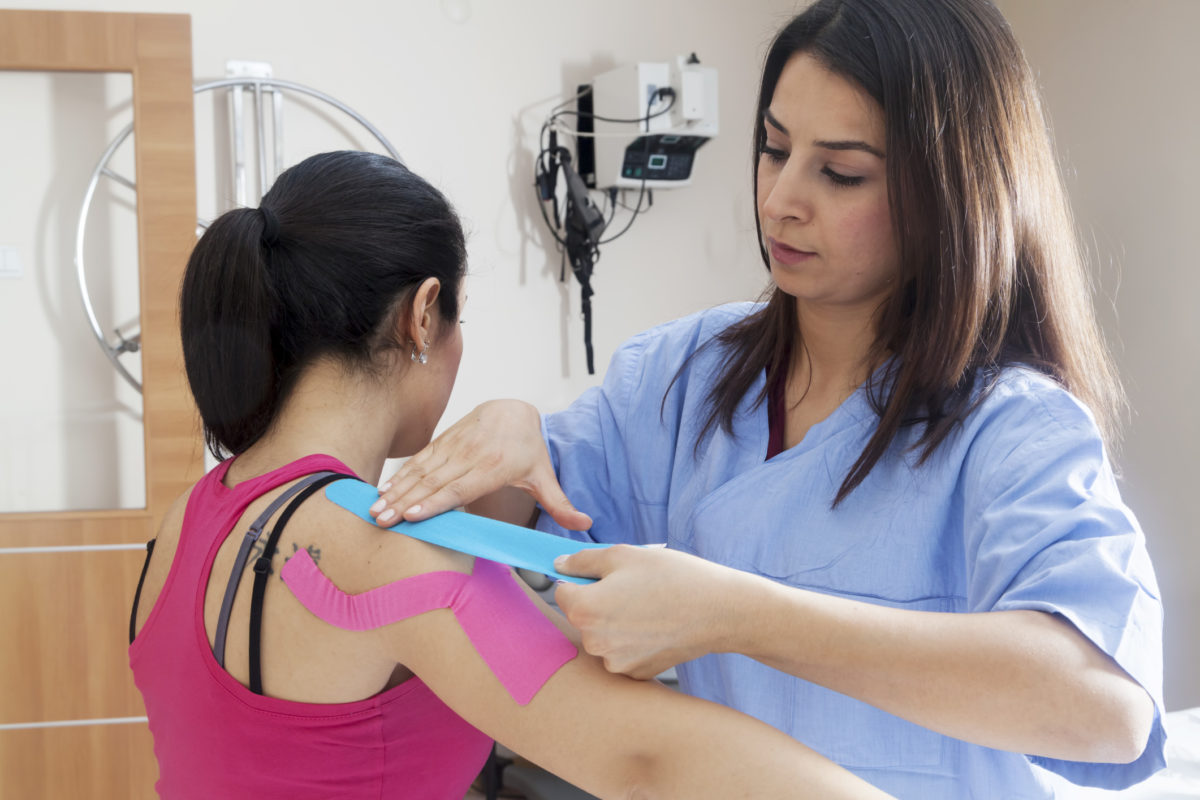
In the US today, we spend approximately 17.7% of our gross domestic product on healthcare according to the latest government figures. That equals 3.8 trillion dollars spent annually. Sadly, all that money doesn’t equate to better health. A majority of Americans (73.6 % of adults over the age of 20) are overweight or obese according to the CDC. That’s nearly 3 out of 4 people. Heart disease remains the leading cause of death in the US – 659,000 people annually according to the CDC. Sooner or later, we’re going to reach a tipping point. Either we’re going to decide as a nation we need to get healthier or healthcare and health insurance will be so expensive, the average person will no longer be able to afford it.
So where do we start turning this ship around? Ideally your primary care provider would be a huge driver. However, most medical school curriculums spend very little if any time teaching our future physicians on exercise prescription. Additionally, consider the average doctor visit lasting about seven minutes in duration. How much exercise and nutrition education/coaching can be accomplished in such a short period of time?
Dietitians can play a role. With obesity becoming one of the primary problems facing our country, improving our nutrient intake should take center stage. However, most dietitians get wrapped up managing acute inpatient diets and fail to get reimbursed appropriately for educating the “everyday” population. Along those same lines, exercise physiologists could be utilized. However, very little reimbursement exists for these services so our current healthcare industrial complex fails to utilize them.
That leads us to physical therapy. Yes, I’m biased because I’m a physical therapist, but our field is uniquely positioned and qualified to play a role in improving the health of our country. We have thorough training in treating musculoskeletal injuries through many types of activities including exercise. One of our primary roles once we help resolve patient’s pain and restore their function is educating them on an exercise program they can perform independently. These programs include a variety of training goals from endurance training for cardiovascular fitness to functional training to build strength. On average, we will see patients for approximately 12 visits at an hour per visit. Compared to a normal doctor’s visit, that’s a significant amount of time, and enough time to start patients on the right path of improving their health.
In addition, physical therapy costs pennies on the dollar compared to your normal hospital or surgical procedures. For example, the total duration of physical therapy could cost $1,000. That is a significantly lower cost than a total joint replacement which can reach $100,000 or a spinal surgery which can cost even more. When you compare the research on conservative management (i.e., physical therapy) versus surgery, the outcomes are the same. So why not chose the less expensive and less invasive option more often?
I’ve seen people hit the reset button on their lives after going through physical therapy, it’s what we live for. If we can continue to pay it forward, promote health and train others to promote health, our role can be vital in saving the health of America. So, if you have pain that limits you or if you just need a little guidance to get started safely, choose us. Choose physical therapy.
